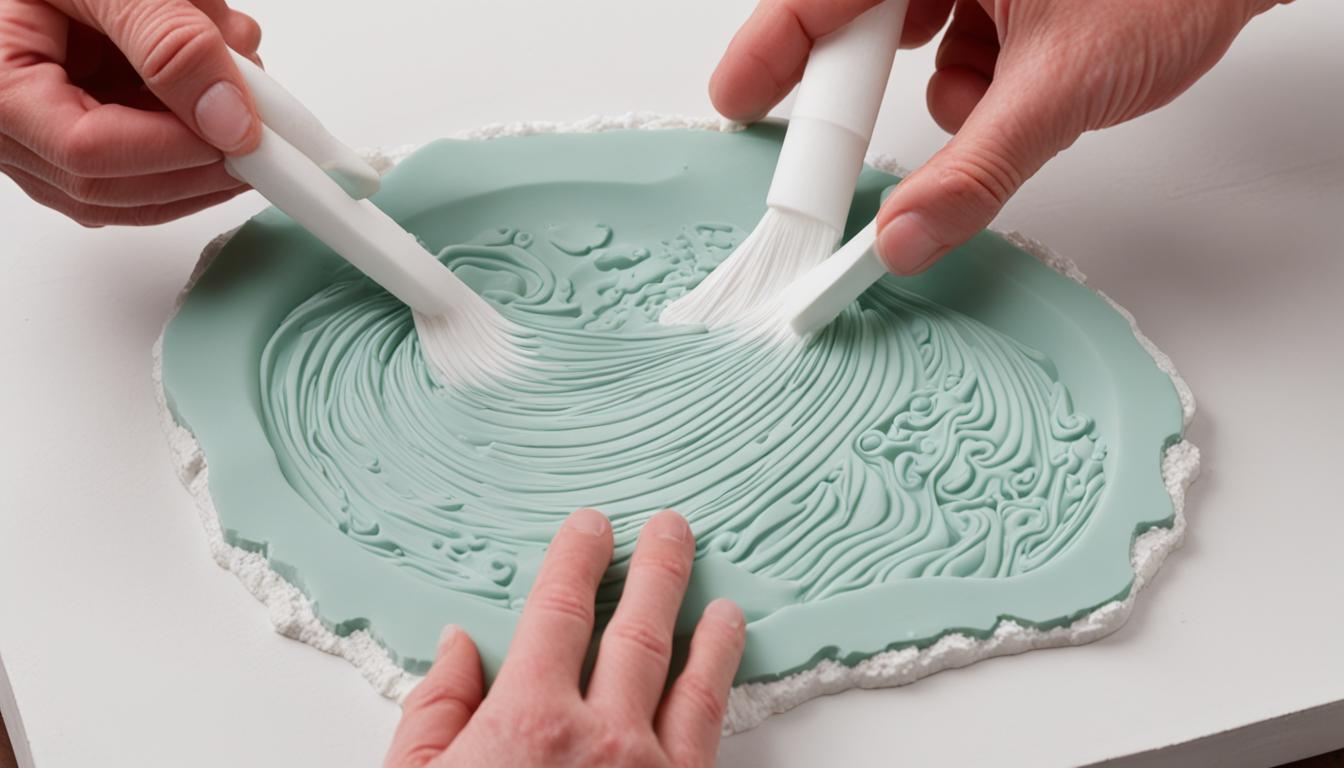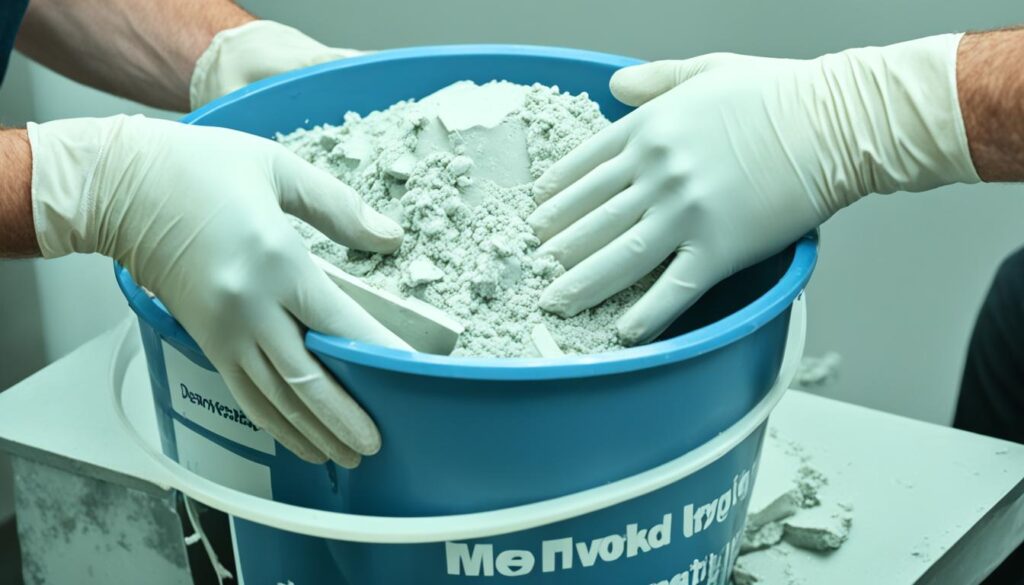
Mastering the Art of how to make a plaster Mold
Making a plaster mold is a versatile skill that can be used for various crafts, art projects, and even repairs. Whether you’re a seasoned artist or a DIY enthusiast, learning how to create a plaster mold opens up a world of possibilities.
In this section, we will delve into the step-by-step process of making a plaster mold, guiding you through each stage with expert tips and techniques. Whether you’re looking to create a craft mold or an art mold, these insights will help you achieve flawless results every time.
Key Takeaways:
- Creating a plaster mold allows for endless creative possibilities in crafting and art projects.
- Understanding the step-by-step process is essential for achieving successful results.
- Prepare the object to be molded, mix and apply the plaster carefully, and remove the mold once set.
- Expert tips and precautions can ensure a seamless mold-making experience.
- Reach out to Fix Mold Miami at 305-465-6653 for professional mold assessments in the Miami area.
Step-by-Step Guide to Making a Plaster Mold
In this section, we will provide a detailed guide on how to make a plaster mold. Whether you’re a seasoned artist or a DIY enthusiast, mastering the mold making process is essential for creating intricate crafts and artworks. Follow these step-by-step instructions to ensure a successful outcome.
1. Preparing the Object to be Molded
Before starting the plaster mold making process, it’s crucial to prepare the object you wish to mold. Ensure that the object is clean, free from any debris, and properly sealed to prevent any leakage during the molding process. If needed, apply a release agent, such as Vaseline or mold release spray, to facilitate the removal of the plaster mold later on.
2. Mixing and Applying the Plaster
Next, it’s time to mix and apply the plaster. Start by following the instructions on the plaster packaging to achieve the correct consistency. Typically, you’ll need to mix plaster with water in a specific ratio. Use a clean mixing container and stir the mixture thoroughly until there are no lumps. Once the plaster is ready, pour it over the object, making sure to cover it completely and evenly. Use a brush or spatula to ensure that every detail of the object is captured in the mold.
3. Removing the Plaster Mold
Once the plaster has set and fully hardened, it’s time to carefully remove the mold. Gently tap around the edges of the mold to loosen it from the object. Slowly and steadily lift the mold, ensuring minimal damage to the object or the mold itself. Carefully clean the mold, removing any excess plaster or debris, to prepare it for future use.
Expert Tip: When making more intricate plaster molds, consider using a multiple-piece mold technique. This involves creating separate molds for different parts of the object and then assembling them together. It allows for greater flexibility and ease of removing the mold from complex shapes.
By following these steps, you can master the art of creating plaster molds. Remember to practice proper safety precautions, including wearing protective gloves, goggles, and a mask, as plaster can be messy and potentially hazardous. Now, let’s move on to the next section and explore additional tips and techniques for plaster mold making.

Conclusion
In conclusion, mastering the art of making a plaster mold opens up a world of possibilities for crafting, art, and repairs. With the step-by-step guide provided in this article, you now have the knowledge and expertise to create flawless plaster molds with precision.
Whether you’re a hobbyist looking to create unique crafts or an artist seeking to make intricate sculptures, the techniques and tips shared in this guide will help you achieve professional results. From preparing the object to be molded to applying the plaster and removing the mold, each step is crucial for success.
Remember, practice makes perfect. Don’t be discouraged if your first attempt doesn’t turn out exactly as expected. Experiment with different objects, textures, and plaster mixing ratios to enhance your skills and achieve the desired results. With dedication and perseverance, you’ll be able to create stunning plaster molds that bring your artistic visions to life.
If you’re in the Miami area and require professional mold assessments, don’t hesitate to reach out to Fix Mold Miami at 305-465-6653. Their team of experts is well-equipped to handle all your mold-related concerns and provide effective solutions to keep your living or working space safe and mold-free.




